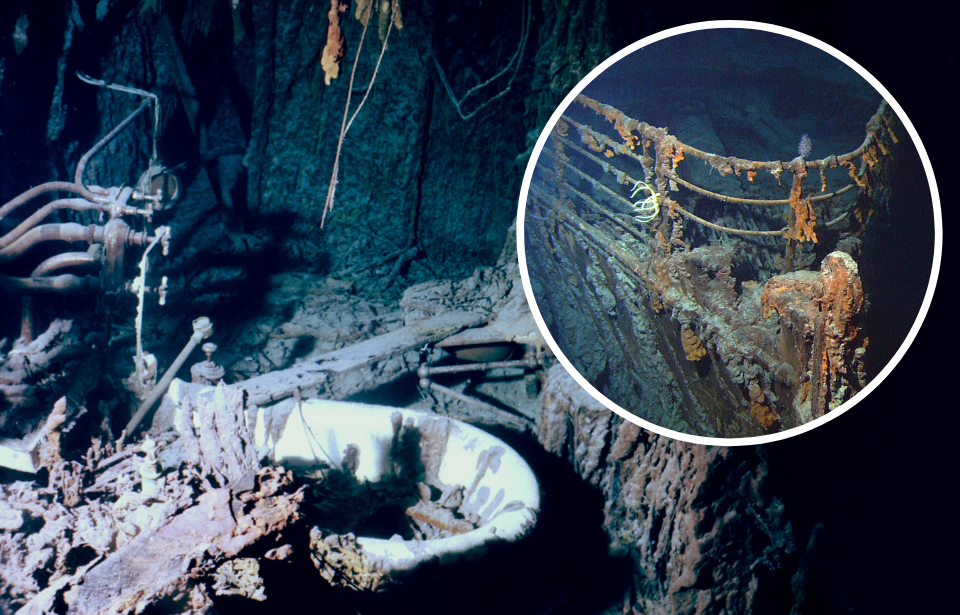After 110 years in the ocean, RMS Titanic is gradually decaying. This has been taking place since it first sank in 1912, and it’s expected that the entire wreck will be gone in a few decades. As nature takes back what is hers, our hearts must go on.
When Titanic was first found
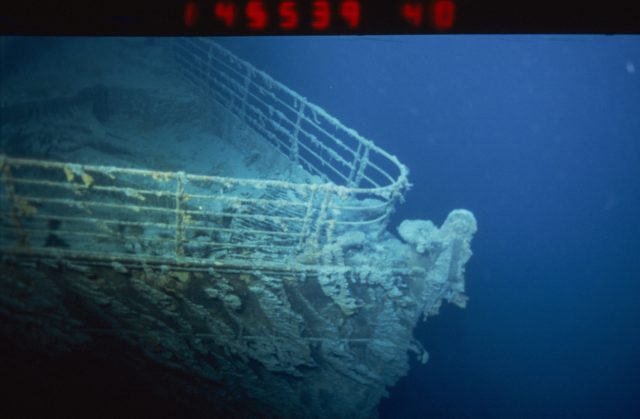
Titanic departed for her maiden voyage from Southampton, England on April 10, 1912. Her intended destination was New York City, but she never made it. The luxury passenger liner struck an iceberg 400 miles away from its target harbor and Titanic sank off the coast of Newfoundland on April 15, with only 705 of the 2,240 passengers surviving the sinking.
The shipwreck settled more than 12,000 feet below the sea, sitting untouched for over 70 years before it was rediscovered. The discovery of Titanic was made by the US Navy when they were participating in what would later be revealed as a secret Cold War mission on September 1, 1985. From that moment, multiple expedition teams would make their way to the wreck to capture as much information as possible about the doomed liner.
There are multiple factors causing the deterioration
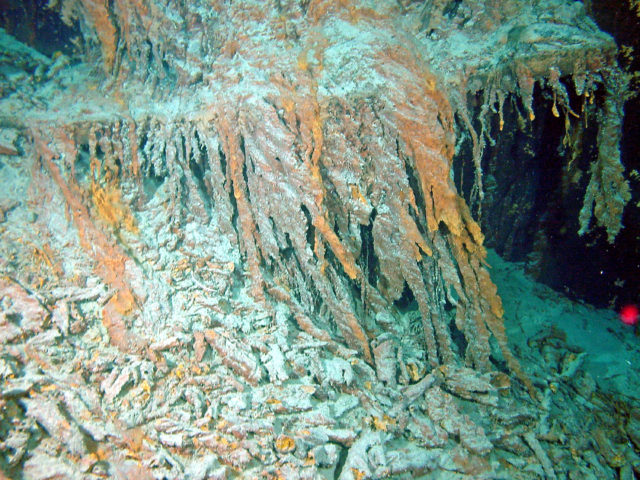
The cause of the ship’s gradual disappearance can’t be pinpointed to one single factor. There are many reasons why Titanic is slowly deteriorating. Not only is the ship suffering from salt corrosion as she is submerged in ocean water, but she is also subject to strong deep-ocean currents.
Additionally, a new species of bacteria was discovered on some rusted parts of the ship’s steel in 2010. It was named Halomonas titanicae, after the location where it was found. The bacteria are eating away at the ship’s metal frame. One of the scientists who helped discover the bacteria, Henrietta Mann, said the microbes are “working symbiotically to eat, if you will, the iron and the sulfur.”
As these microbes gnaw away at the steel, they cause stalactite-like structures – which have appropriately been named “rusticles” – to form on the ship.
Important parts of the ship are already gone
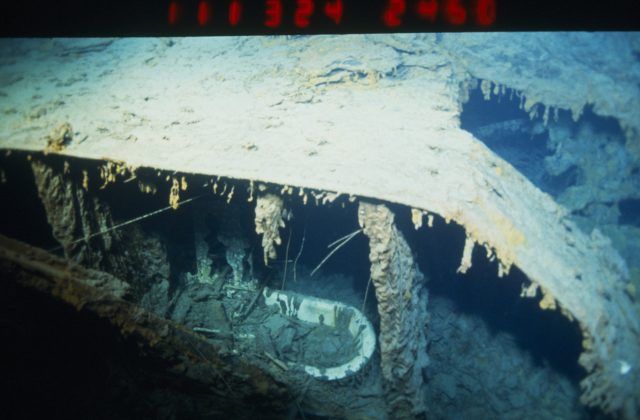
In the early days of exploring the shipwreck, many parts of the ship were still visible. Unfortunately, her decay has not been a graceful process, and parts of the ship are disappearing at a faster rate as a result. Mann said that as the upper layers of the ship crumble, the speed of deterioration increases. “If one level deteriorates at the top [of the wreck], it drops to the next one,” she explained, “which means it … impacts on the lower levels. Damage is done layer after layer.”
One of the areas that suffered this collapsing deterioration was Captain Edward Smith’s quarters. In 1996, the captain’s quarters were clearly visible, including the bathtub. “The captain’s bathtub is a favorite image among Titanic enthusiasts, and that’s now gone,” explained Stephenson. “That whole deck house on that side is collapsing, taking with it the state rooms. And that deterioration is going to continue advancing.”
Other parts of the ship have succumbed to deterioration as well. The 100-foot forward mast collapsed. The crow’s nest where the lookout shouted, “Iceberg, right ahead!” has completely disappeared. The gymnasium near the grand staircase has collapsed, and the poop deck folded under itself. It is only a matter of time for the iconic railing on the bow to disappear.
When is the wreck expected to disappear entirely?
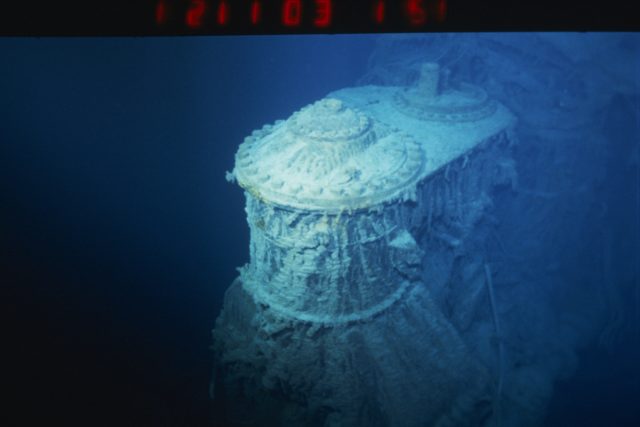
Given the rate at which the salt corrosion, deep-ocean currents, and metal-eating microbes are decaying the wreckage, Mann predicts that whatever is left of the Titanic could be gone forever by 2030. Undersea exploration company OceanGate Expeditions plans to continue trips to the wreck to document its gradual decay. In order to fund the project, they are taking along people willing to shell out $100,000 to $150,000 to see Titanic for themselves.
Renata Rojas, a 53-year-old who developed an obsession with Titanic as a child, thinks this is a fantastic idea. “Somebody paid $28 million to go with Blue Origin to space, not even the moon,” she said. “This is cheap in comparison.” To her, it seems like a no-brainer. “I kind of need to see [Titanic] with my own eyes to know that it’s really real.”
Others have come to terms with the decaying wreck. Patrick Lahey, the president and co-founder of Triton Submarines, said “Yes, like all things, eventually, Titanic will vanish entirely. It will take a long time before the ship completely disappears, but the decomposition of the wreck is to be expected and is a natural process.” Ed Kamuda, the former president of the Titanic Historical Society, said “Let nature take back what is hers. It’s only a matter of time before it’s a brown stain and a collection of pig iron on the ocean floor.”
More from us: SS America: A Once-Mighty Ocean Liner Left to Rot in the Atlantic Ocean
The recordings of these important expeditions will be proof of the wreck’s existence long past Titanic‘s physical disappearance.
